
Correction appended 7:46 p.m.
After millions of people took to the streets on Saturday at the Women’s March on Washington and at associated protests across the globe, they now face a question familiar to any protest movement: What next? What will the diverse coalition of citizens who showed up on Saturday, and the activists who organized the whole thing, do with that energy?
“The deal is that protest matters but not by itself and generally not immediately,” says David S. Meyer, a professor at the University of California, Irvine, and author of The Politics of Protest: Social Movements in America. “Activists get generally much less than they want and it takes a long time to get it, but that doesn’t mean it doesn’t matter.”
If activists hope to turn the march into a sustained and successful effort to make change, here are a few moments in the history of American protest that Meyer says can provide some pointers:
What can be learned from the 1913 suffrage parade: The main lesson of women’s movements in the U.S., Meyer says, is that big battles (like suffrage) can take a long time to be won. But what happened after the 1913 suffrage parade, which took demonstrators to D.C. in advance of Woodrow Wilson’s Inauguration, also provides a cautionary tale: as World War I approached, the suffrage movement saw a split between pacifists and those who, though they may have opposed the war, didn’t want to alienate their potential ally in the White House. “The rivalries between various women’s groups wound up being corrosive and difficult,” Meyer says, and he suggests that those women who compromised their own beliefs in order to gain Wilson’s support were likely disappointed, as the President turned out to be a “tepid” ally for the movement. Though activists will likely always debate the costs and benefits of group cohesion vs. individuals speaking their minds, this moment shows that attempting to game the system by sacrificing ideals can backfire.
What can be learned from the Bonus Army: This group of World War I veterans marched on Washington in 1932 to demand early payment of the bonuses they were eventually due. Though they were violently ejected from D.C., they are often given credit for helping to get Franklin Roosevelt elected and their concrete, specific goal of early payment was eventually met, in 1936. The lesson there: make clear demands and stick with them, even at times when it can seem like the movement has failed.
See the Evolution of Protests in Washington

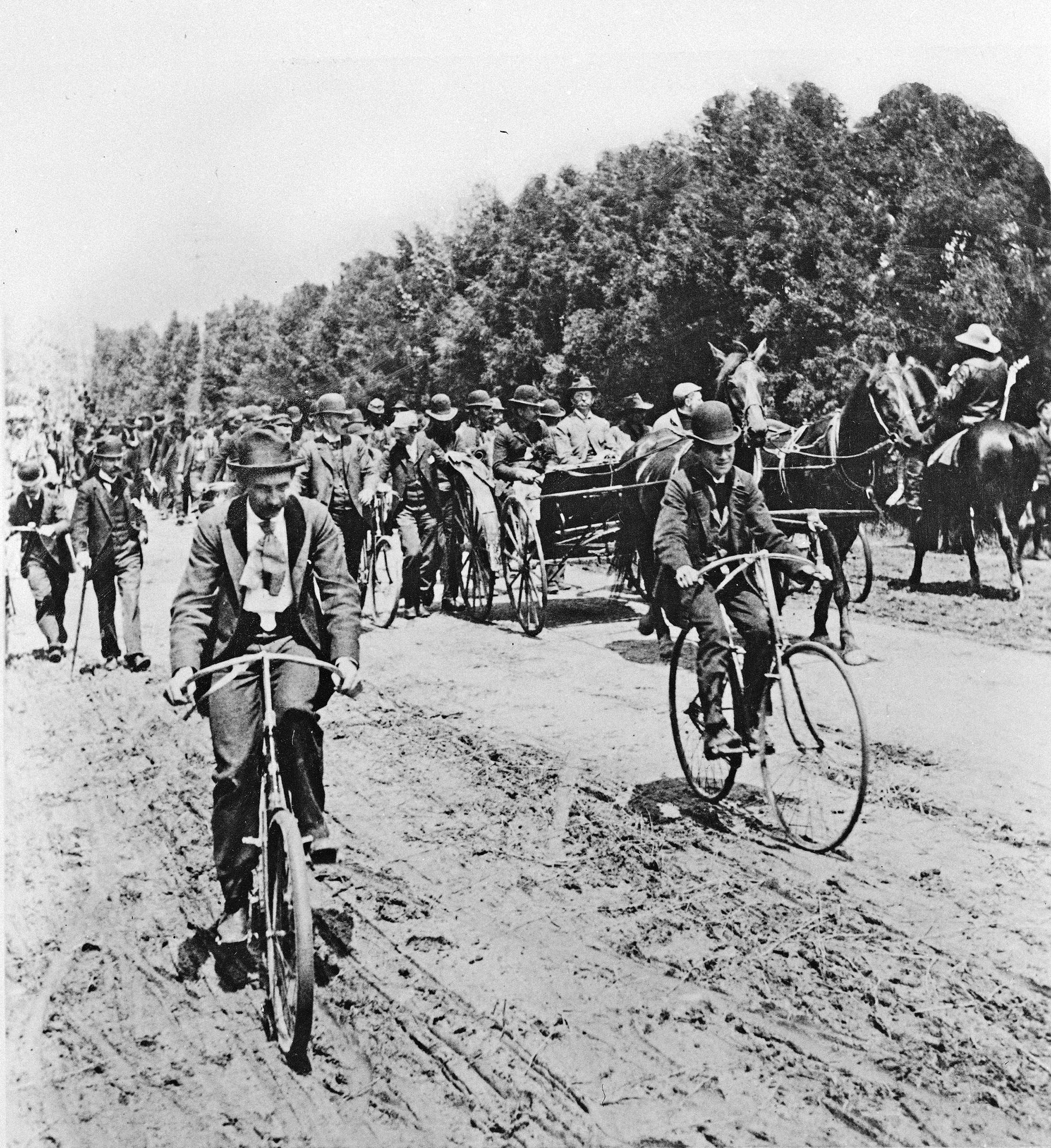

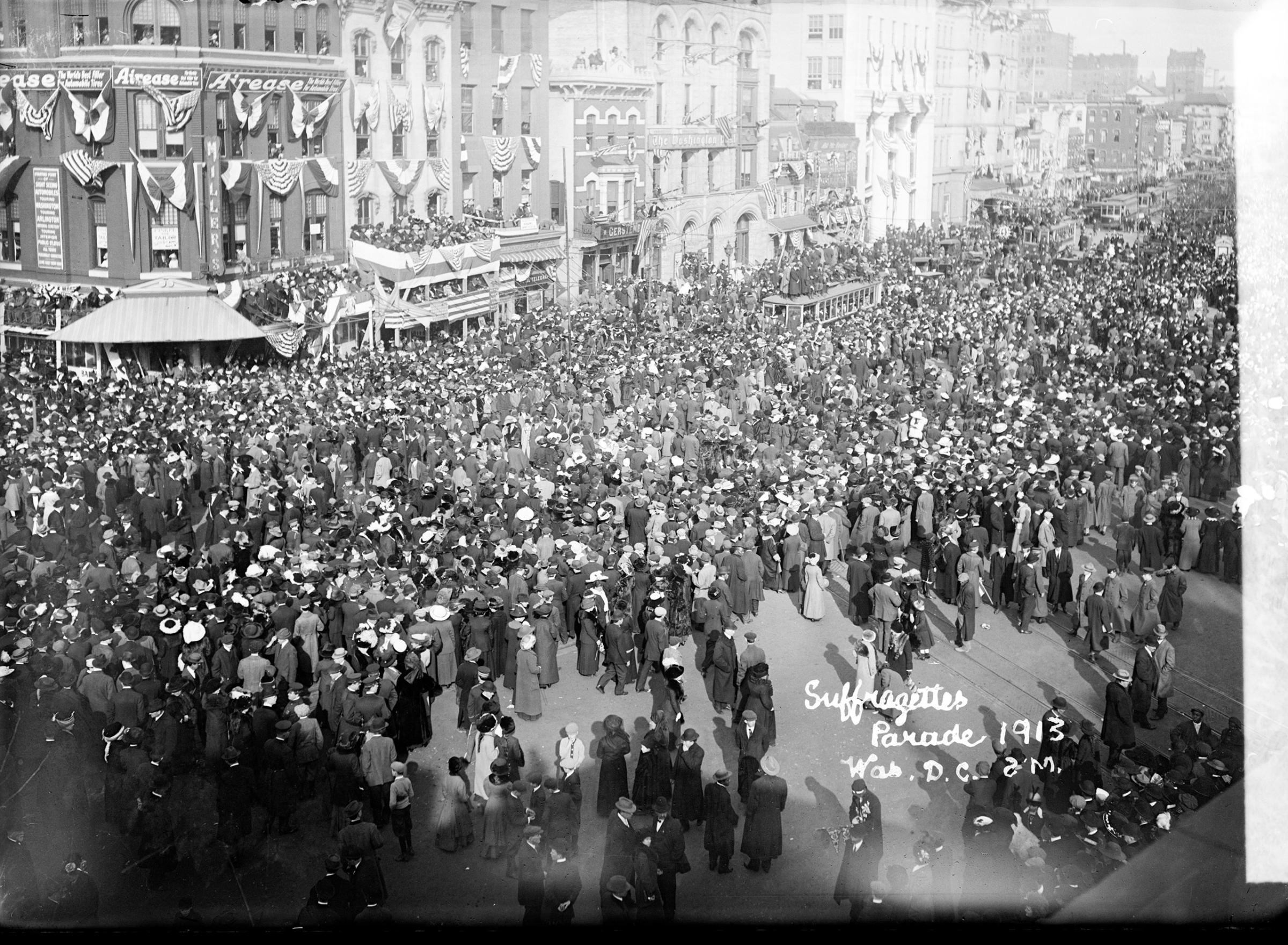
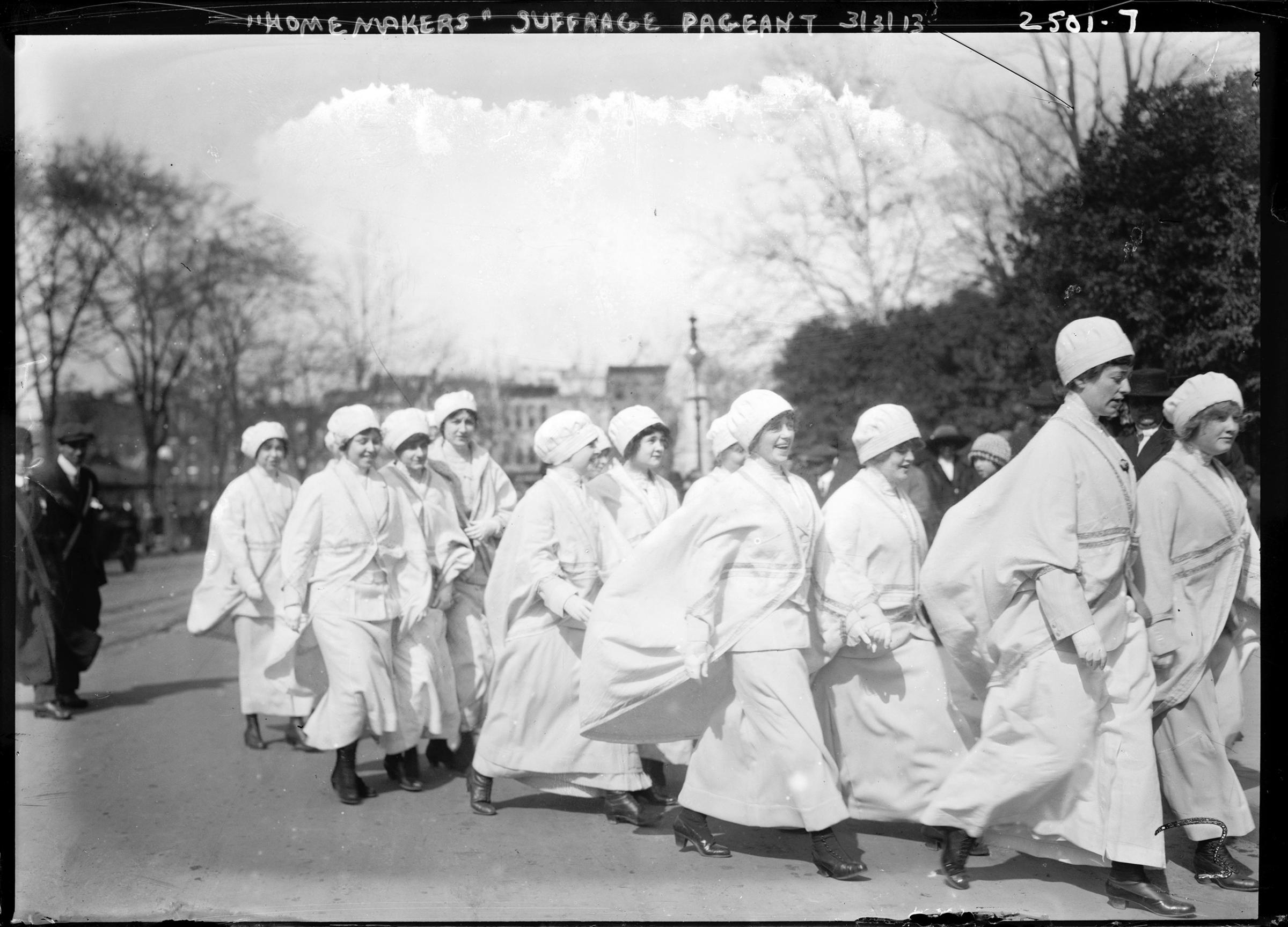
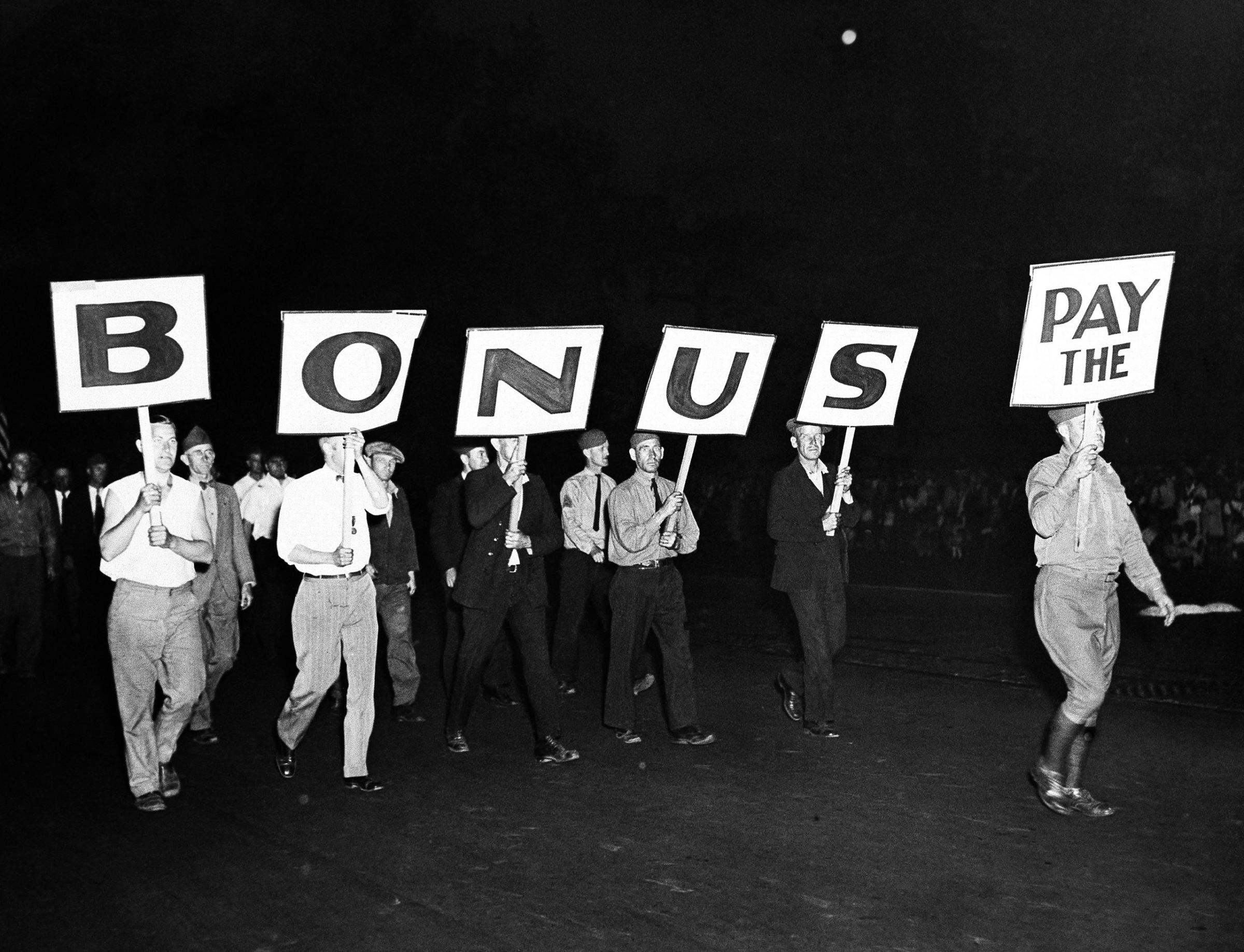

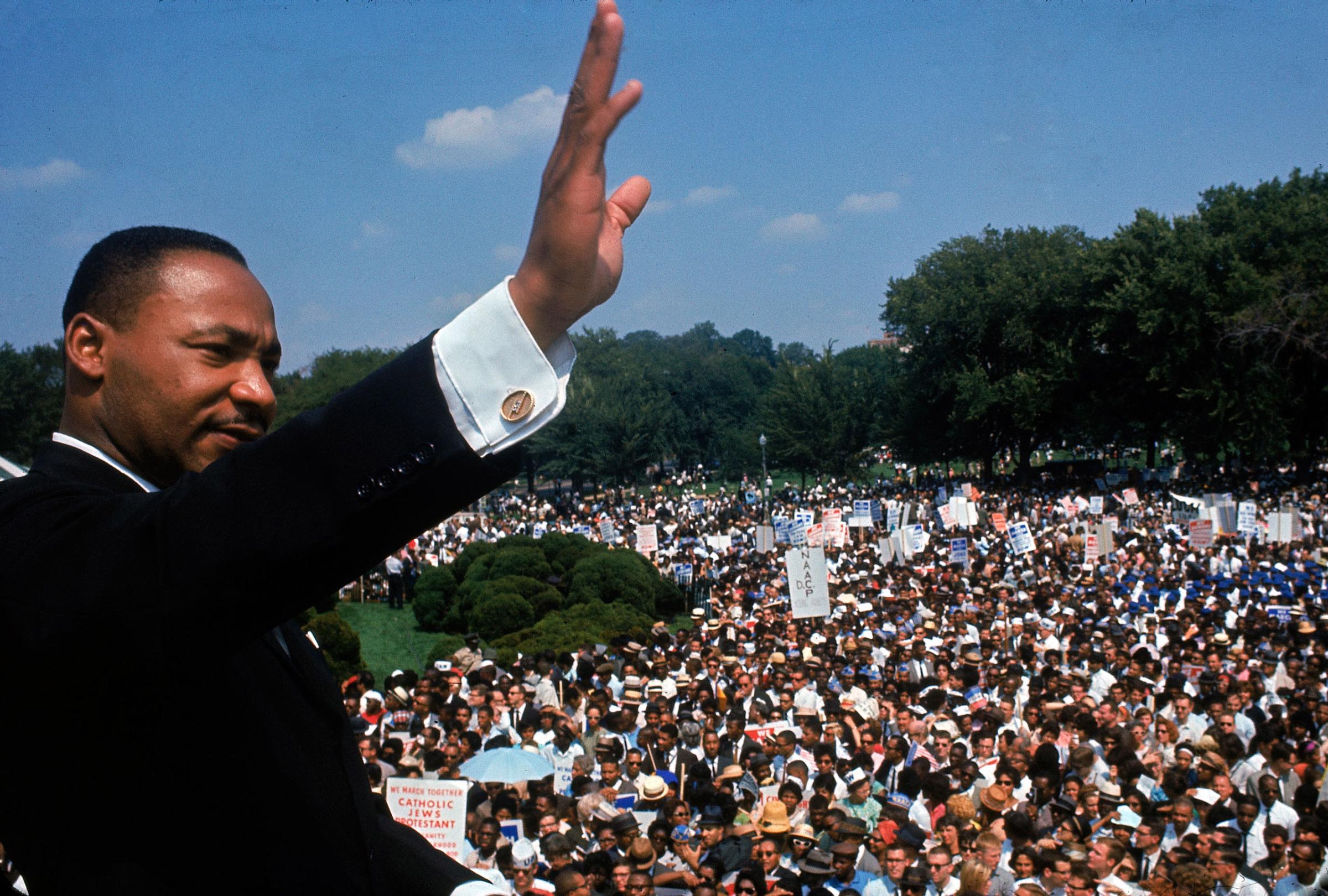
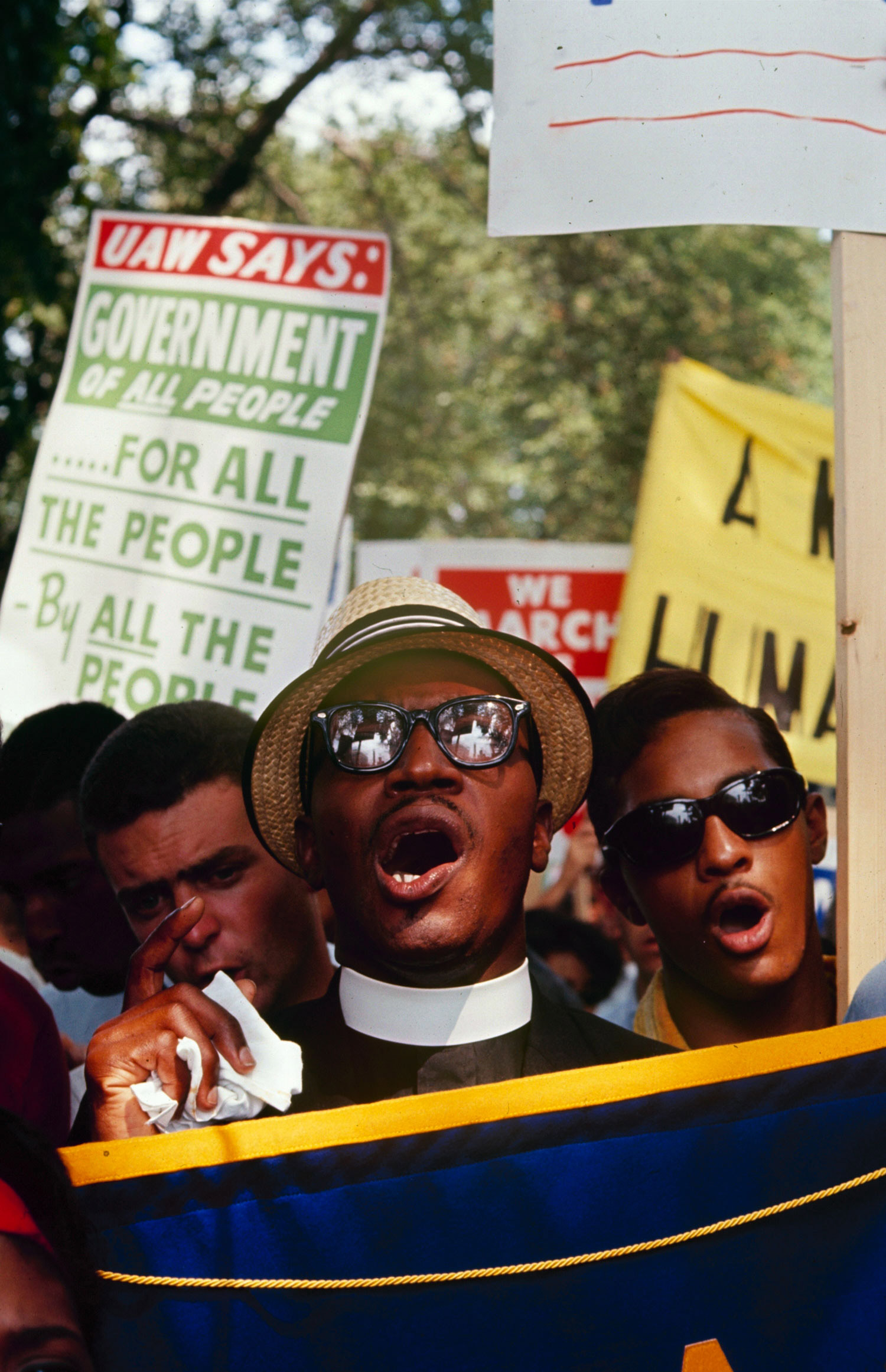

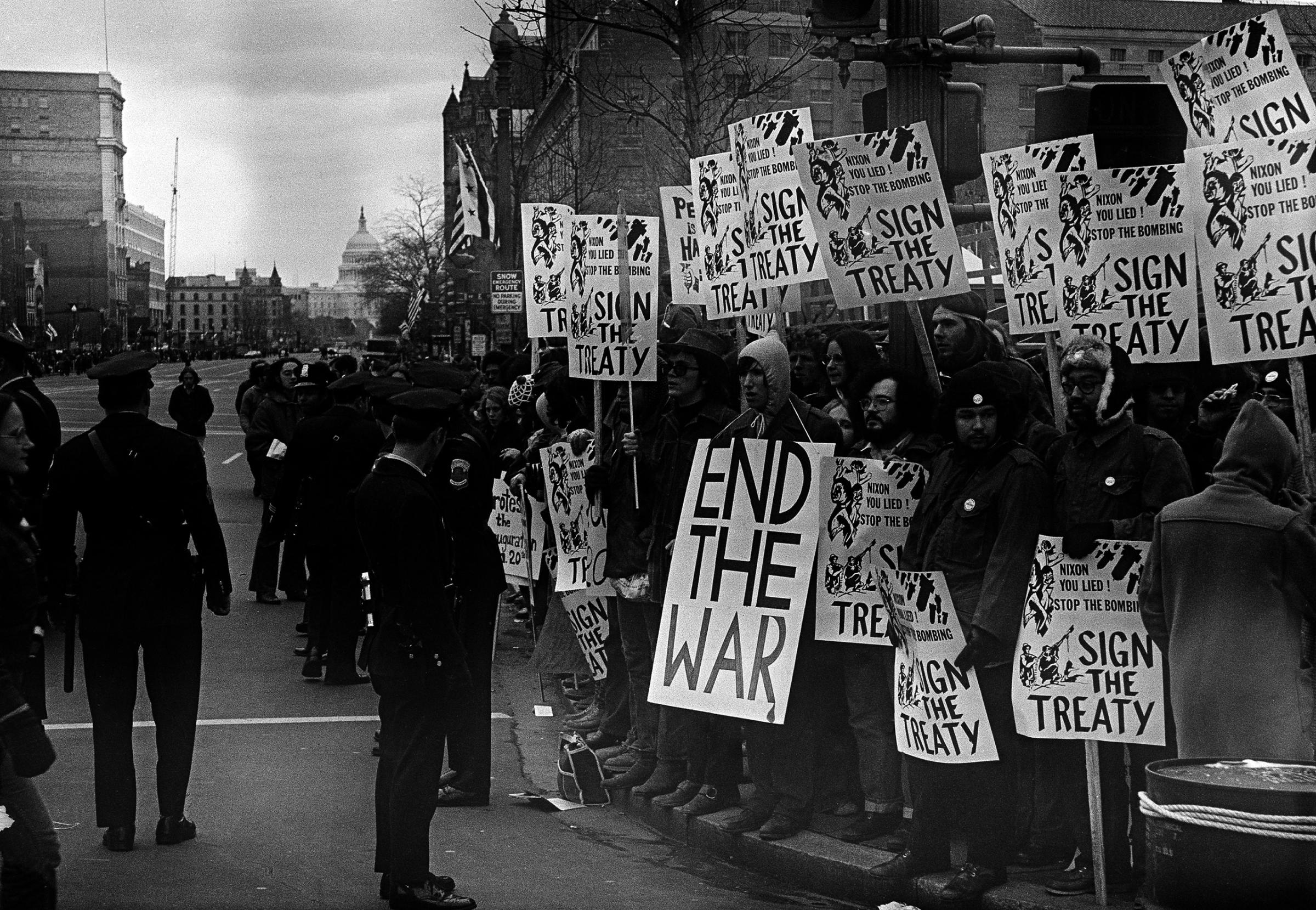

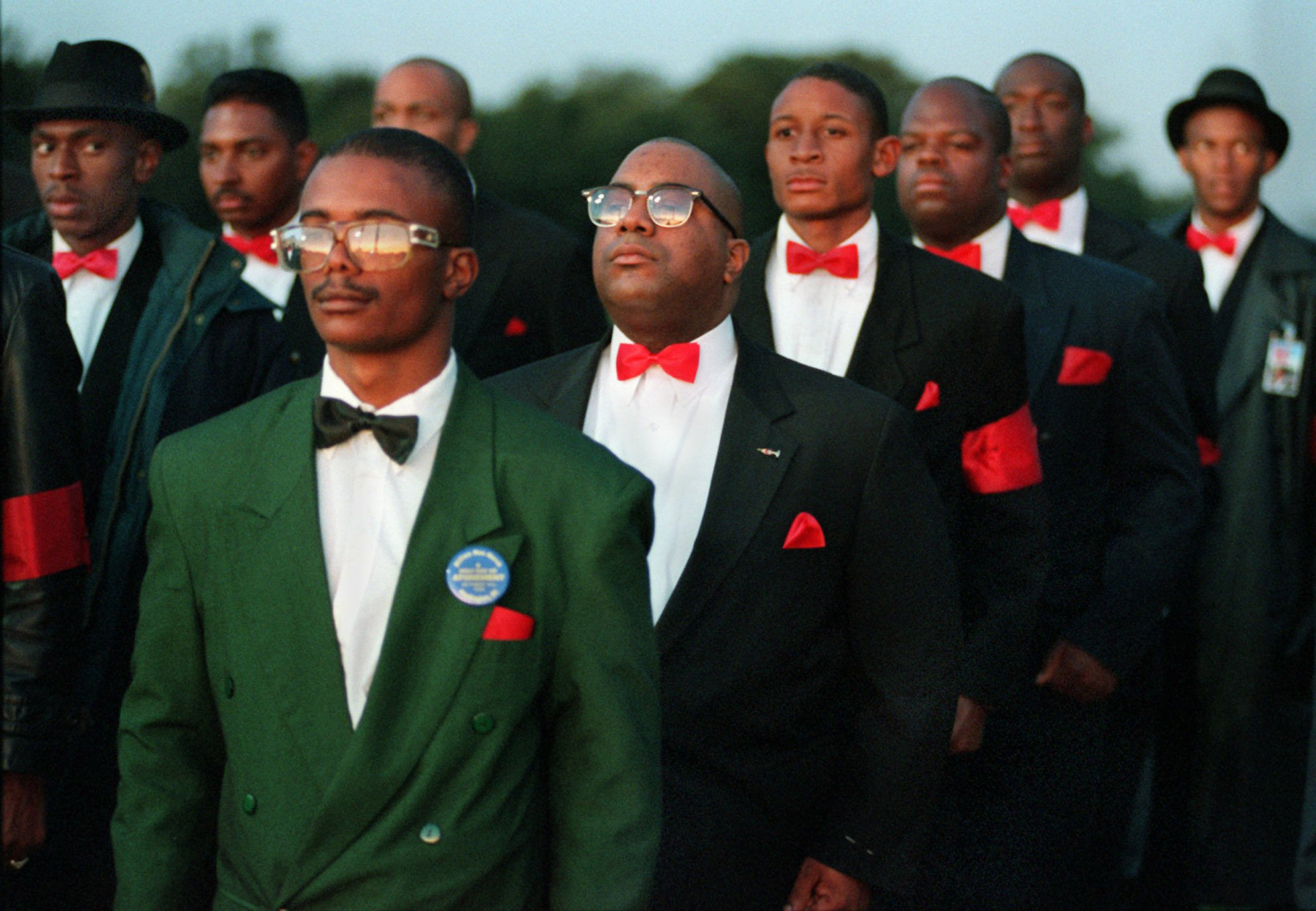
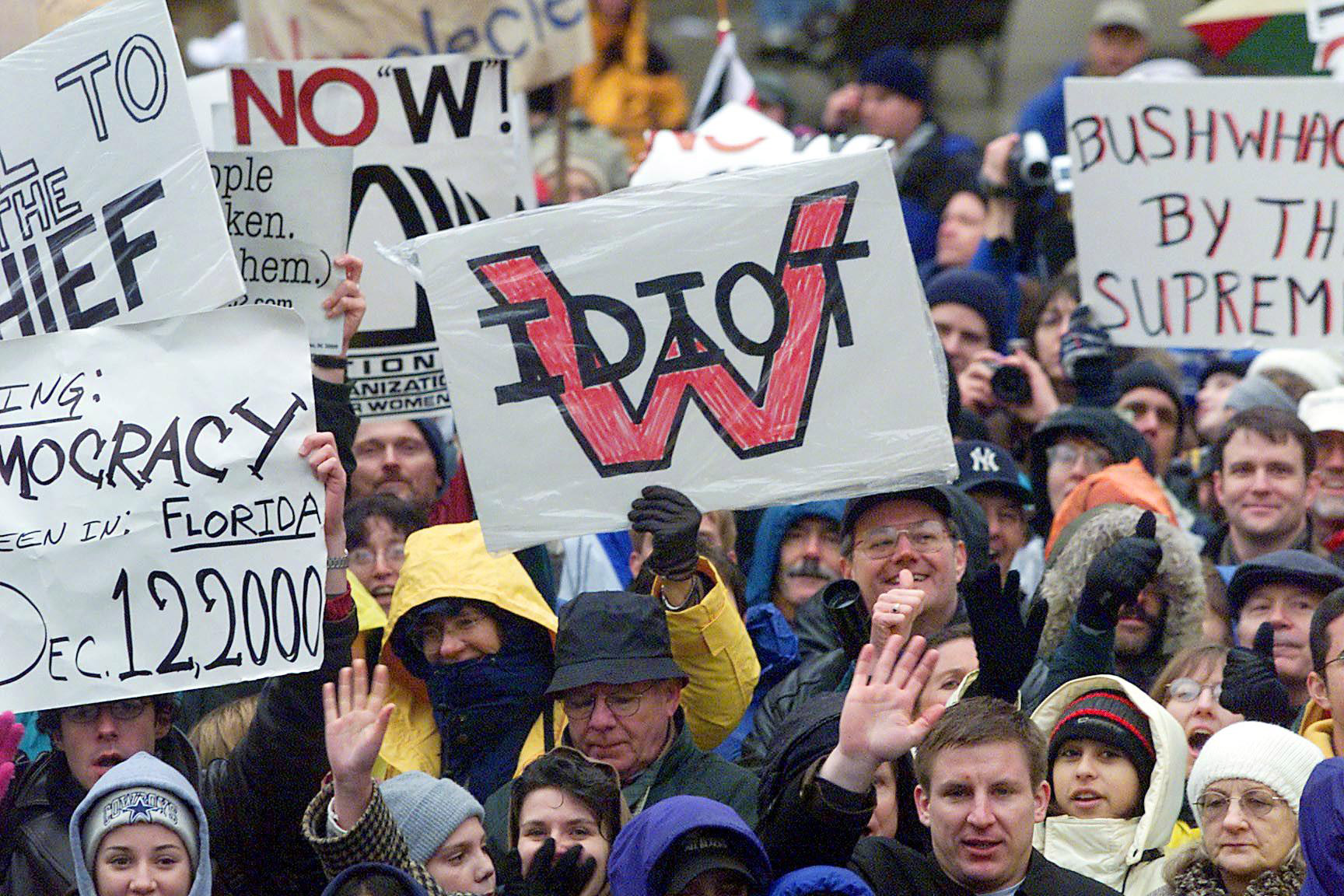

What can be learned from the 1963 March on Washington: The March on Washington for Jobs and Freedom, the occasion for Martin Luther King Jr.’s “I Have a Dream” speech, is an example of how protest can help push allies in power to act, Meyer says, as it helped move President John F. Kennedy from being “passively committed to civil rights” to taking an active stance. Turning out big numbers in the street is good, but a successful movement needs allies who can translate that protest into policy or other concrete action. Perhaps as important, the idea of African Americans marching on Washington for their rights dated all the way back to the early 1940s, another example of the importance of seeing things in long view.
What can be learned from the 1982 nuclear-freeze demonstration: The massive antinuclear demonstration held in New York City in the summer of 1982 is in some ways the opposite of 1963, says Meyer, in that it shows what a movement can accomplish when those in power are not allies. At the time, President Ronald Reagan was firmly opposed to the idea of a nuclear freeze, though arms-reduction talks resumed only days after the protest and Reagan was seen by some to begin taking a softer stance toward Cold War foreign relations. (“The coincidence in time is striking,” Meyer notes.) A lesson there is to remember that opposition leaders will rarely credit demonstrators with changing things, even if a protest helps show that it’s “politically impossible” to continue down an old route.
On the other hand, the antinuclear movement failed to successfully define its boundaries, which can hurt a movement’s ability to persist and measure success. “The Reagan Administration said, yeah, nobody wants a nuclear war and we don’t either,” Meyer says. “The sharper you can be, the harder it is to be co-opted.”
What can be learned from Hands Across America: This 1986 “megaevent” (not quite a protest, but still a large public demonstration) in which Americans across the country held hands to raise money to combat hunger is an example of what Meyer calls “mushy consensus.” That’s the problem of having a goal that everybody likes but is way too vague. “It’s like, ‘We’re all going to care,'” he says. Objections are necessarily few, which means a huge coalition can get behind the idea and the onetime involvement is great, but how do you turn that into a movement or measure long-term success? Protest movements are much more successful at creating change when they are “willing to make enemies and create targets.”
From these five moments, three main ingredients for success stand out: “Clarity, persistence and allies.”
So where does that leave the Women’s March?
Despite the broad coalition the protest brought together, organizers showed clarity by having issued a platform and rejected groups that were not in line with those ideals. And, perhaps paradoxically, Meyer predicts that activists will benefit from having Donald Trump and his Administration help set the agenda by providing, with their actions, a focal point for resistance. And, though it will be hard to cultivate powerful allies in the current federal government, he believes that legislators might swing on some issues — and there is little chance that the new movement will prove too deferential to potential allies in power. What remains to be seen is whether the weekend’s marchers can persist.
“What we can see from the outside,” says Meyer, “is actually really promising.”
Correction: The original version of this article misstated the date of the Hands Across America event. It took place in 1986.
More Must-Reads from TIME
- Why Trump’s Message Worked on Latino Men
- What Trump’s Win Could Mean for Housing
- The 100 Must-Read Books of 2024
- Sleep Doctors Share the 1 Tip That’s Changed Their Lives
- Column: Let’s Bring Back Romance
- What It’s Like to Have Long COVID As a Kid
- FX’s Say Nothing Is the Must-Watch Political Thriller of 2024
- Merle Bombardieri Is Helping People Make the Baby Decision
Write to Lily Rothman at lily.rothman@time.com